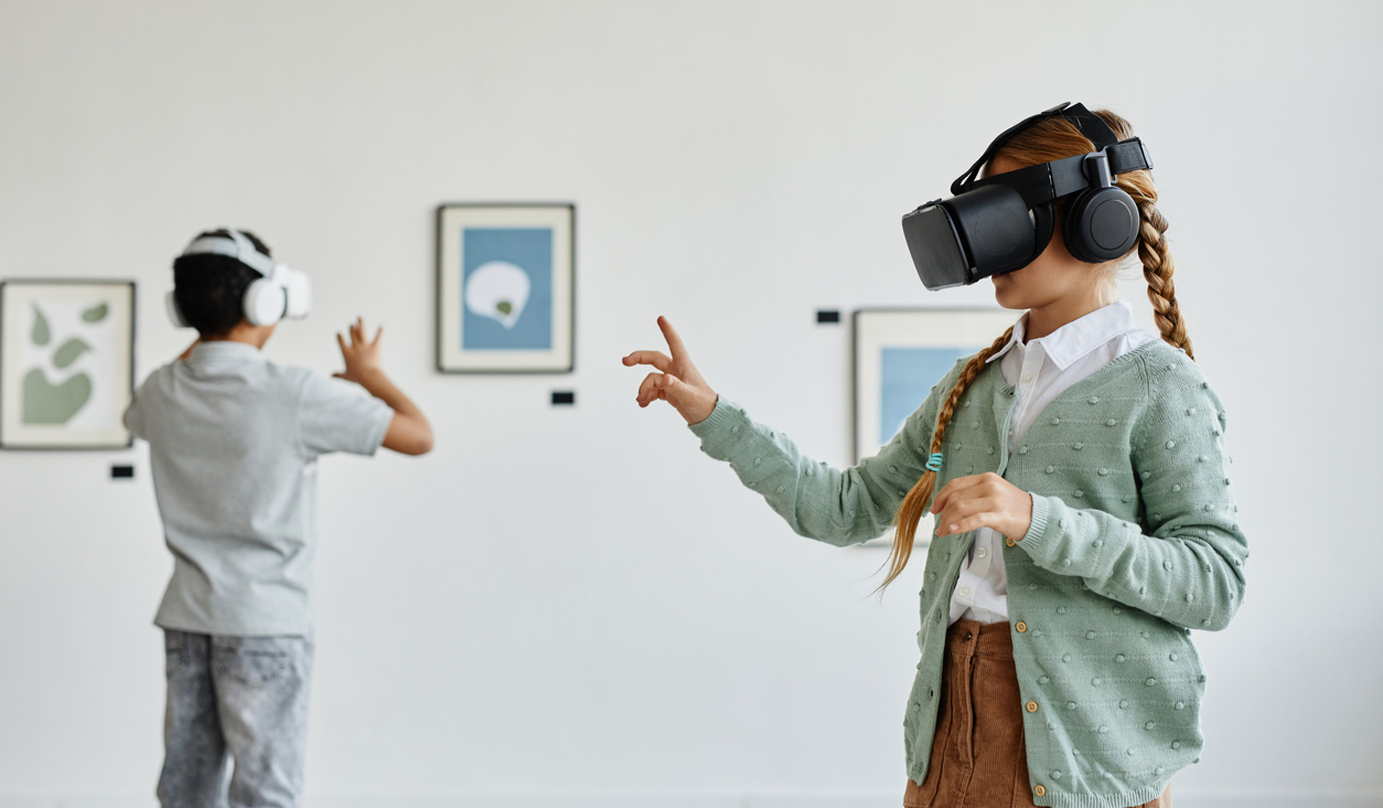
Art has evolved and changed with new technology. It has changed the way we experience and view art. Immersive exhibits aren't new, but technology has allowed art to become interactive in unique ways. This kind of art transforms the space so that the experience becomes immersive. Art is no longer limited to a framed canvas or a sculpture behind glass. Digital large-scale art becomes dynamic and appeals to our different senses.

One of the more famous immersive experiences is the Van Gogh exhibit. It involves the projection of Van Gogh's art onto huge screens that surround a large art gallery. His digitized artwork and carefully curated music completely envelop the audience, creating a dreamlike experience. The stars and swirls in Van Gogh's "Starry Night" can now twinkle and shine. This immersive method of experiencing art allows for high levels of engagement with some of Van Gogh's most famous pieces.

Yayoi Kusama’s Infinity Mirror Rooms first came into the art scene in the 1960s. Her work is about stepping into endless reflections, into infinite space. Kusama uses lights, her earlier paintings, and mirrors. With these props, she is able to create repetition and a kaleidoscopic-like environment. Of course, her signature polka dots are also present in her mirror artwork.

There are many reasons why Kusama chose mirrors as one of her mediums. The numerous mirrors are meant to disorient the viewers. Some say the art installation is about how temporary we are in this world. It makes us think about our existence and how time passes.

MORI Building Digital Art Museum showcases large-scale art. It uses over 100,000 square feet of space. By using projectors and computers, this museum truly embraces using technology in art. The installation encourages visitors to interact with the artwork and to think differently. It can appear that you've entered an ethereal space with flowers and waterfalls. Or it can appear as if you've entered a forest of lanterns. This space is filled with over 50 pieces of digital and dynamic art. With hygiene and health concerns in mind, the museum has covered its surfaces with antiviral coatings.

The Rain Room, created in 2012 by Hannes Koch and Florian Ortkrass, allows visitors to walk through the rain without getting wet. That sounds like quite the enigma. This installation showcases how art and technology can come together to create a one-of-a-kind experience. Visitors walk through a downpour and as they move, the motion sensors and cameras detect them. Once the visitors are detected, the water nozzles near them will stop spraying water. People have always wanted to control the weather, and this experience gives visitors the chance to control the rain.

Have you read the story Goodnight Moon by Margaret Wise Brown? It is about a child saying, "Goodnight" to everything in the room, including the lights and chairs. Scenes from this iconic children's book were brought to life at the “Goodnight House” exhibit. It gives its visitors a chance to live in a storybook, even if it's just for a moment. The story brings out our creativity and a sense of childhood comfort.

These are all great ways to experience art. Art isn't restricted to a quiet art gallery anymore. Art is able to take advantage of today's technology. The result draws in more responsive audiences and maybe even those who thought they weren't interested in art.

However, some critics are gatekeeping what is considered art. Many think that these immersive experiences cannot be thought of as artwork. The critics also deem these kinds of art to be less worthy. This reticence is due to traditional views of art, and critics believing that art needs to be more serious. Some see these immersive experiences as having lost the true meaning of art. They also think that this kind of art has been commercialized, with the focus being on selling tickets to these exhibits.

Perhaps the definition of art is vaguer. Art can be anything and take on mediums that aren't even tangible. Gatekeeping can hurt the art community and prevent new discoveries in art.